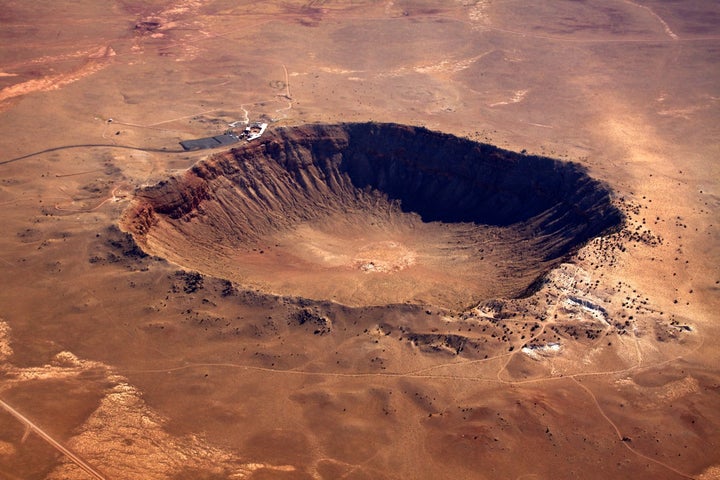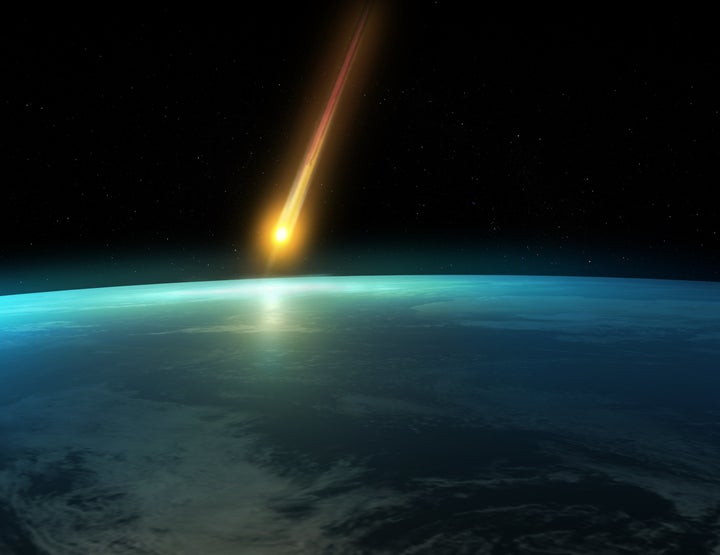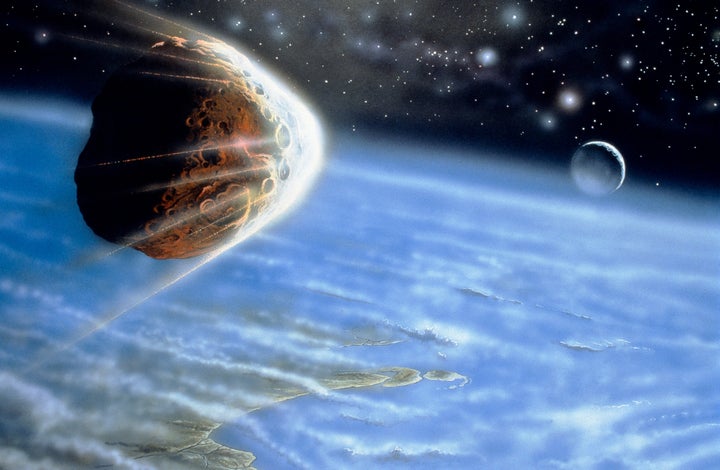Earth has experienced the apocalypse more than once.
From the famous Chicxulub asteroid which wiped out the dinosaurs to the Ordovician–Silurian extinction which was reportedly caused by a devastating gamma ray burst from a hypernova explosion some 6,000 light years away.
The fact that we've survived this long then is nothing short of a galactic roll of the dice.

New research suggests we're even luckier than we thought as scientists are uncovering evidence of what would have been another cataclysmic event to take place on Earth.
Scientists from the Australian National University have found evidence that around 3.45 billion years ago a titanic asteroid struck the Earth with enough destructive force that it would have made cliffs crumble.
According to Dr Andrew Glikson who has been leading the study into this event, the asteroid would have been between 20-30km wide and would have been one of the oldest (and largest) to ever strike the Earth.

The resulting crater from the apocalyptic event would have been hundreds of kilometres wide.
While the team have evidence of the asteroid's existence, working out where it struck is proving to be a bit more difficult.
"Exactly where this asteroid struck the earth remains a mystery," Dr Glikson said.
"Any craters from this time on Earth's surface have been obliterated by volcanic activity and tectonic movements."

Glikson, an expert in this area, has spent the last 20 years searching for huge asteroid strikes like this and it wasn't until they found tiny glass beads that he knew he'd stumbled onto something big.
The beads would have been created in the immediate vaporisation that would have occurred the moment the asteroid struck.
Thankfully for us, the chances of us ever encountering an asteroid of that size are astronomically small, in fact NASA says that an asteroid event of this type usually only occurs every 50-100 million years.
